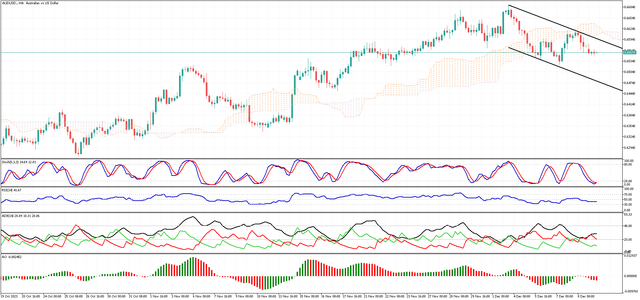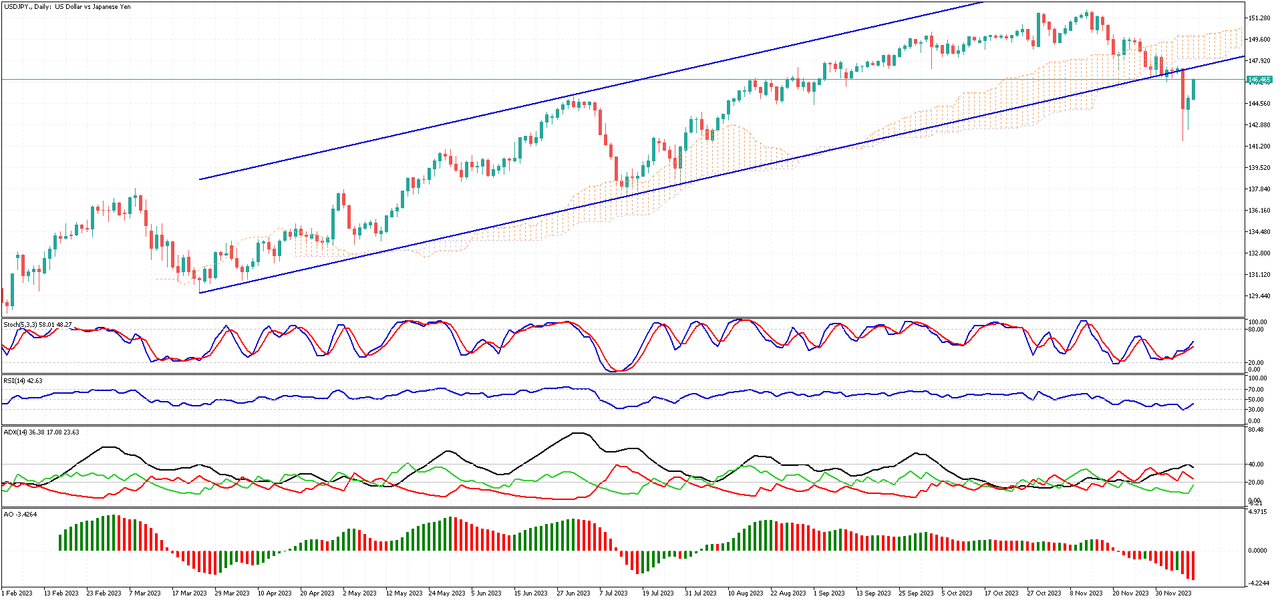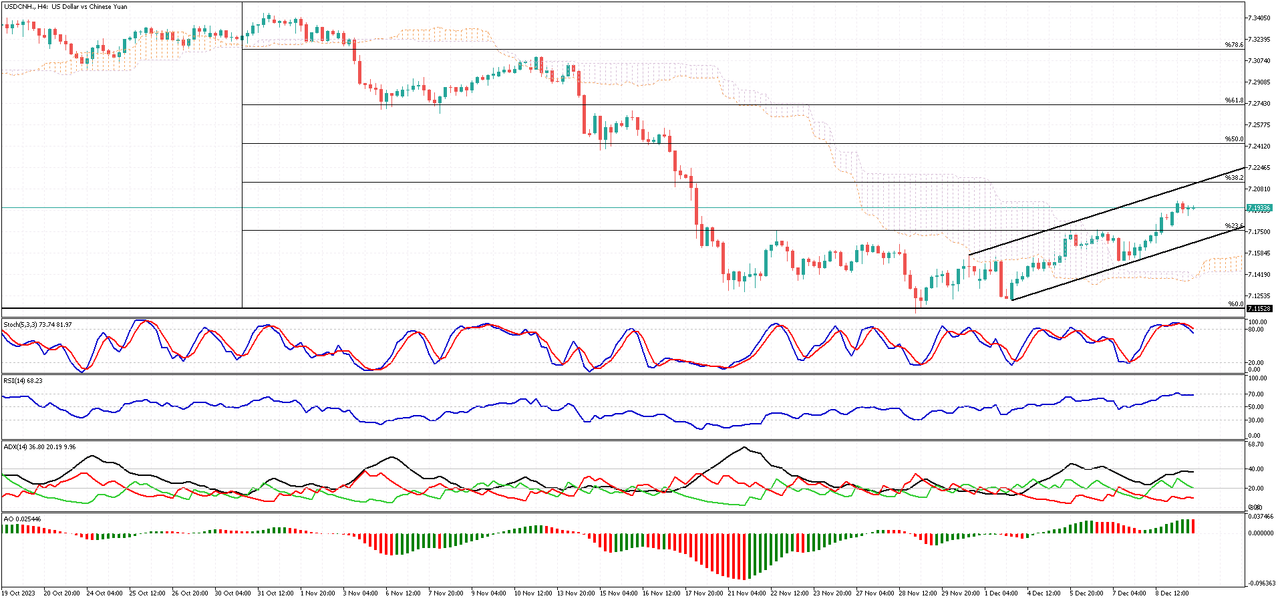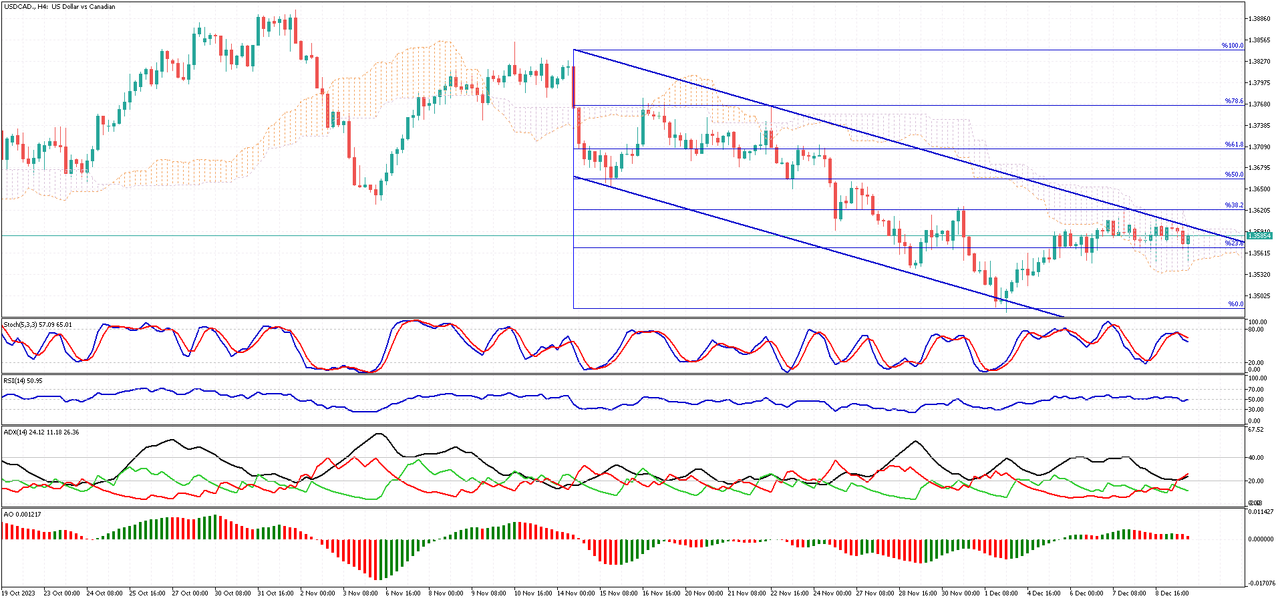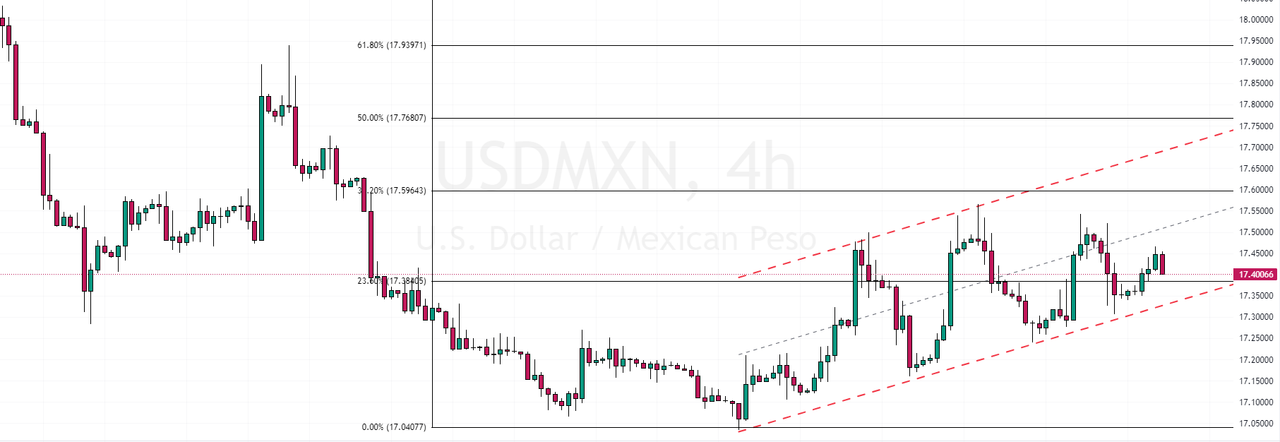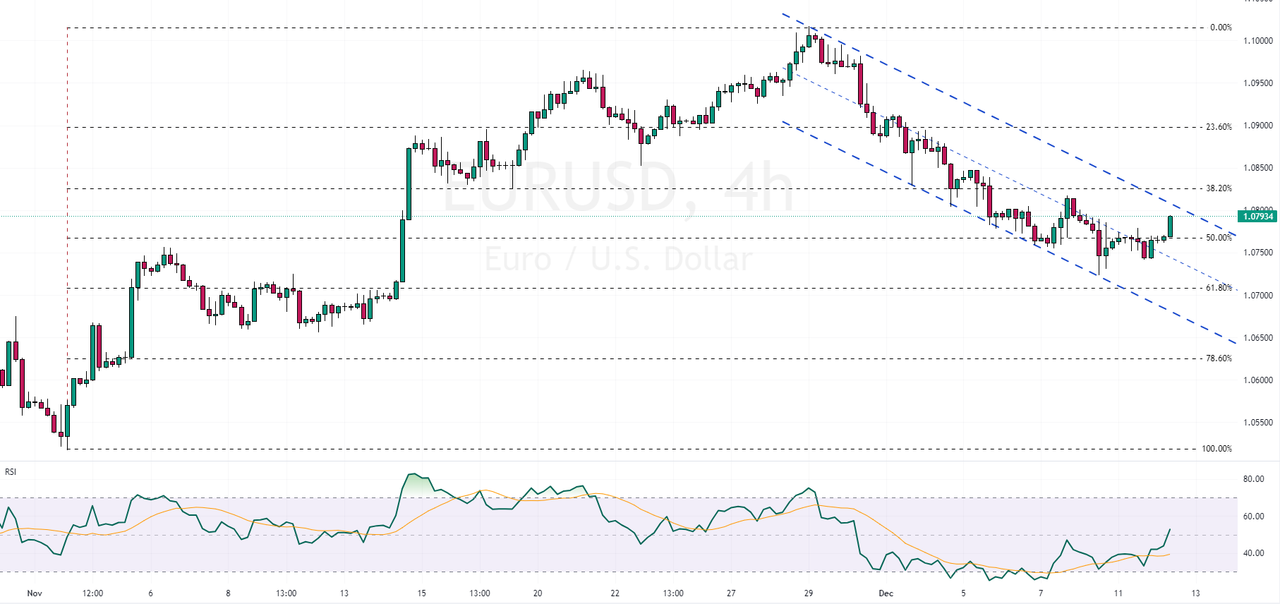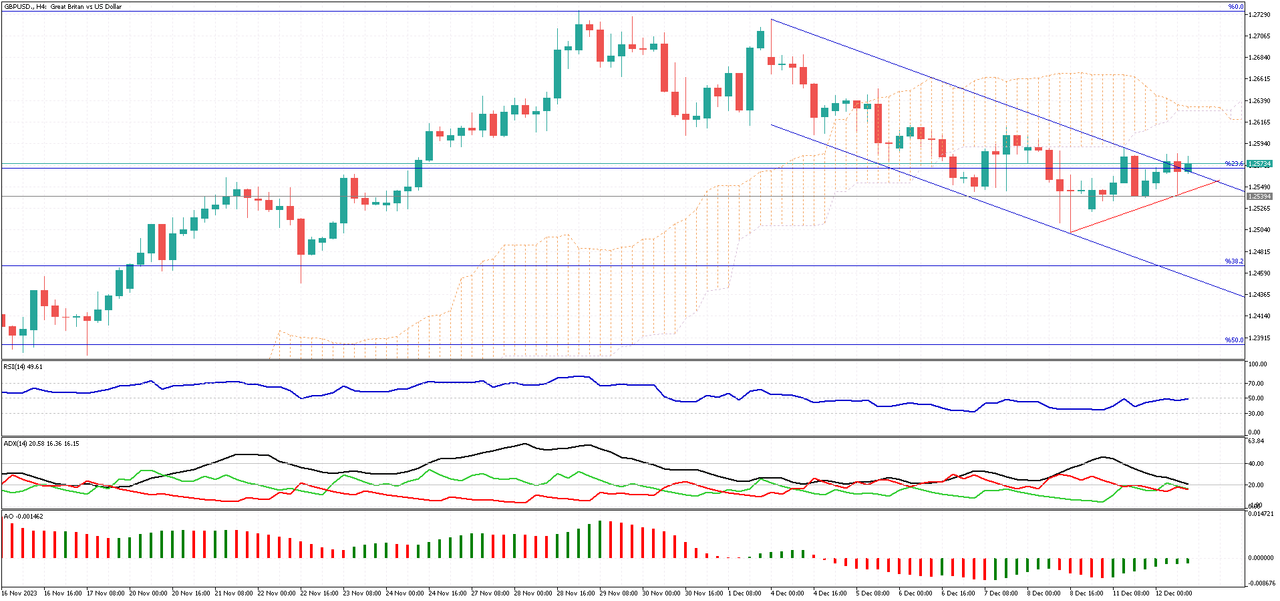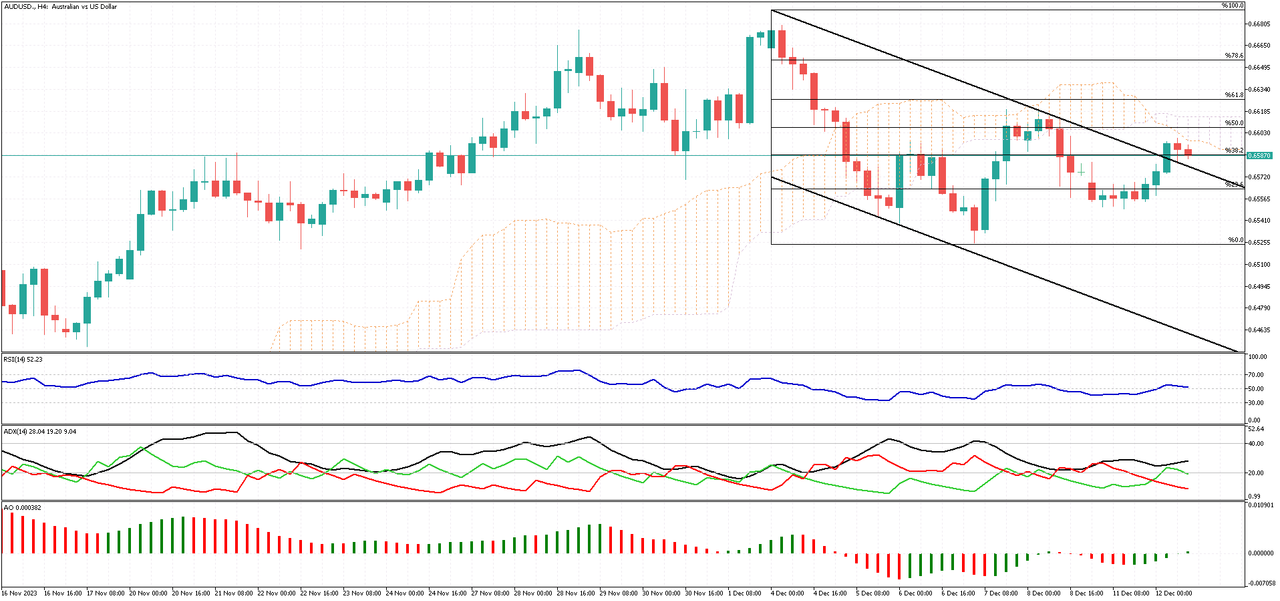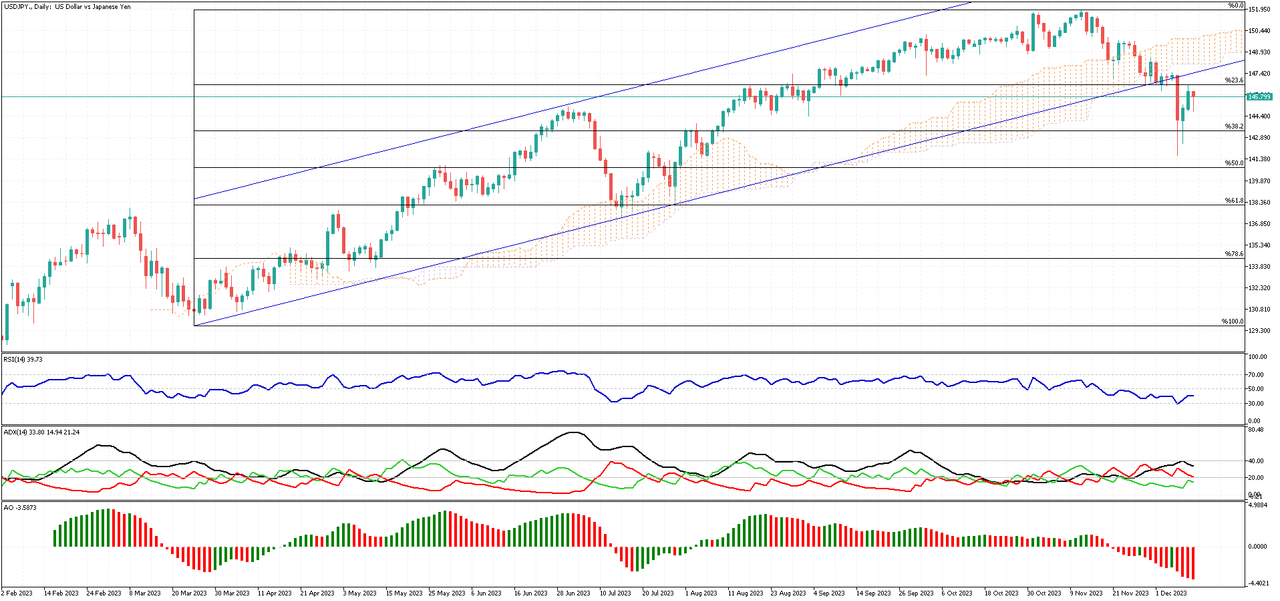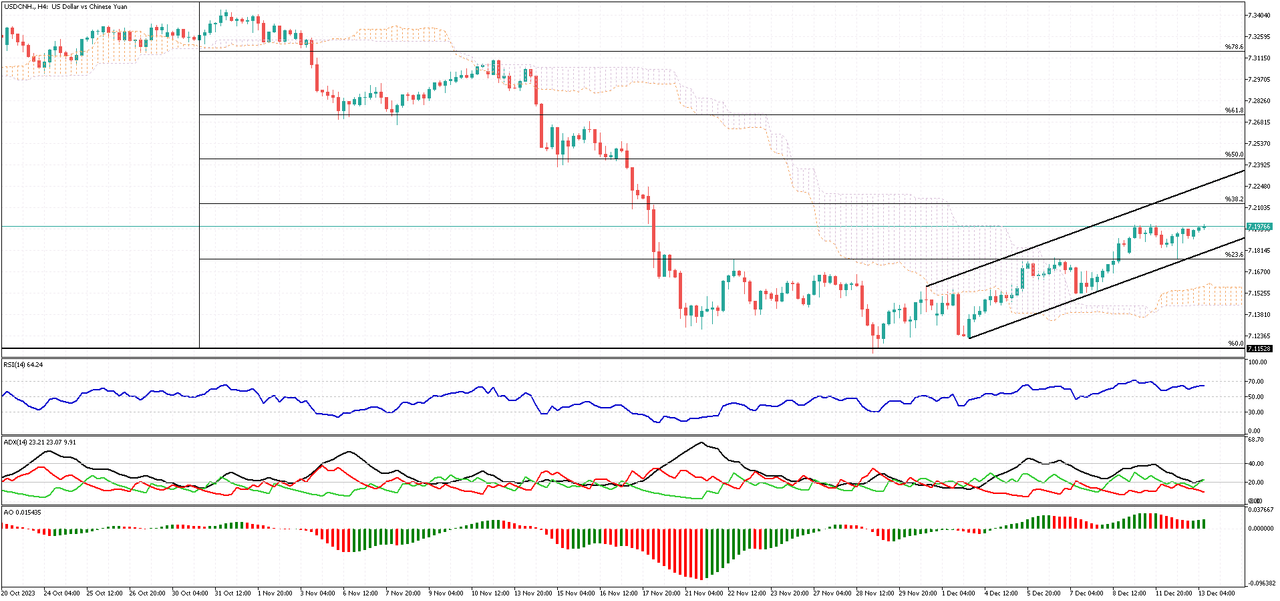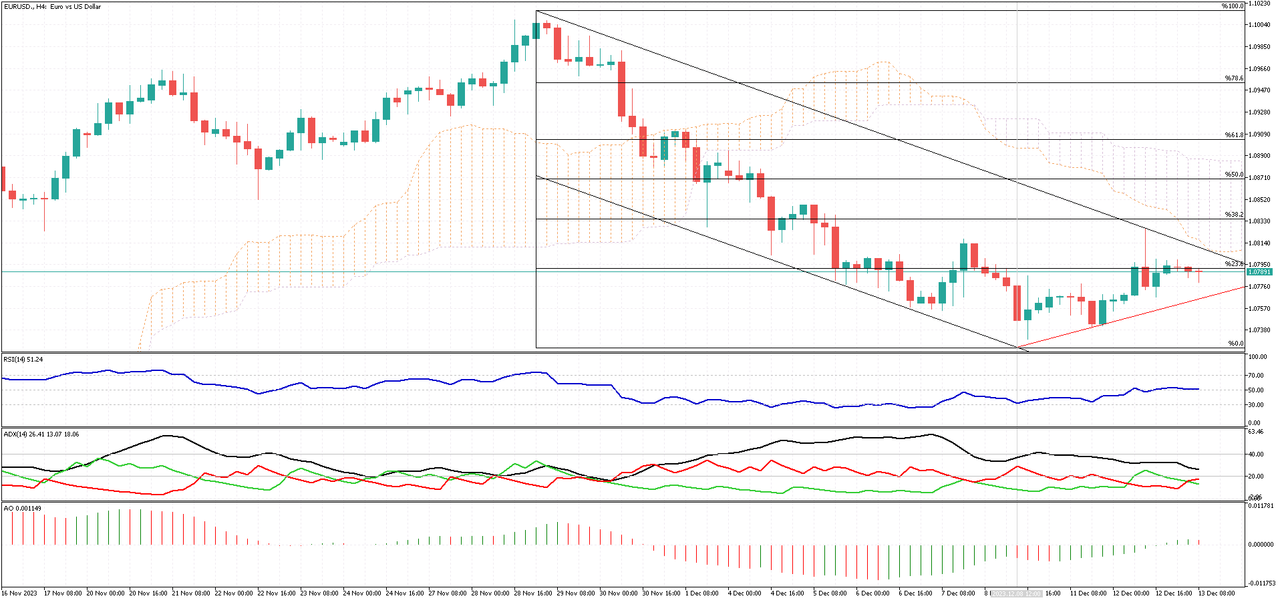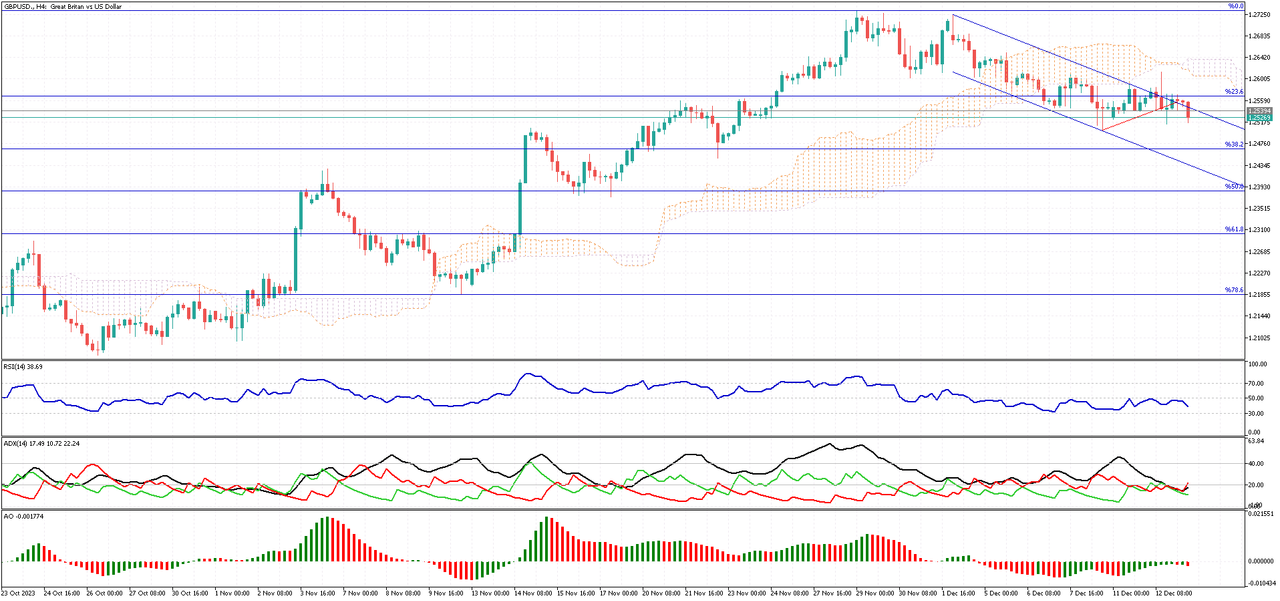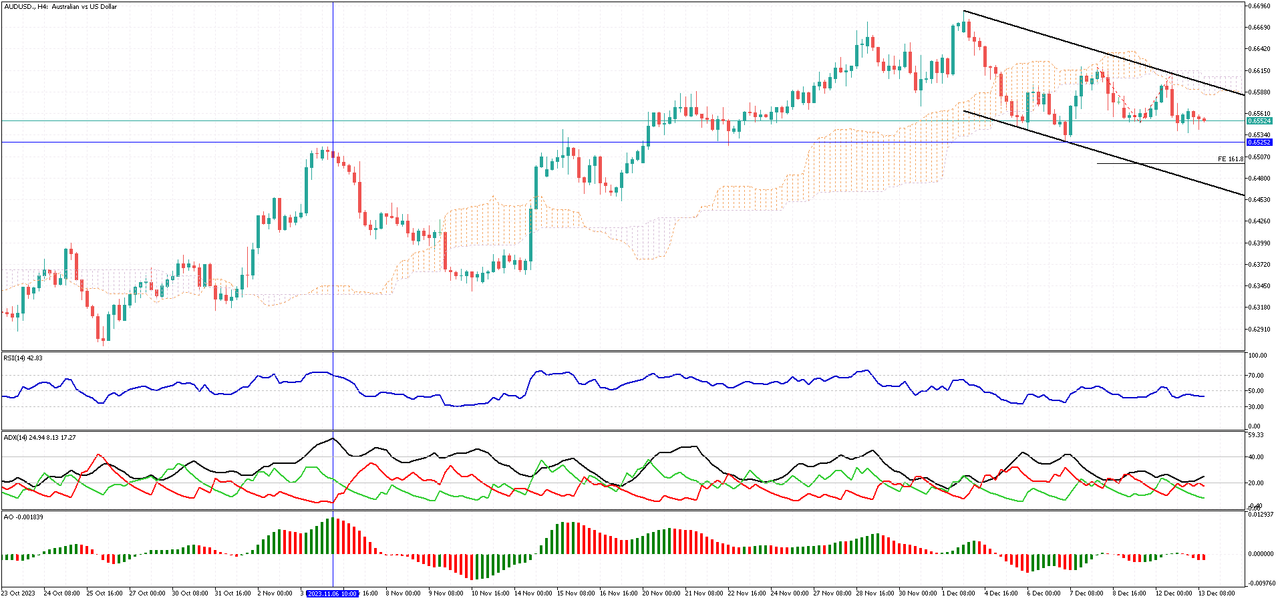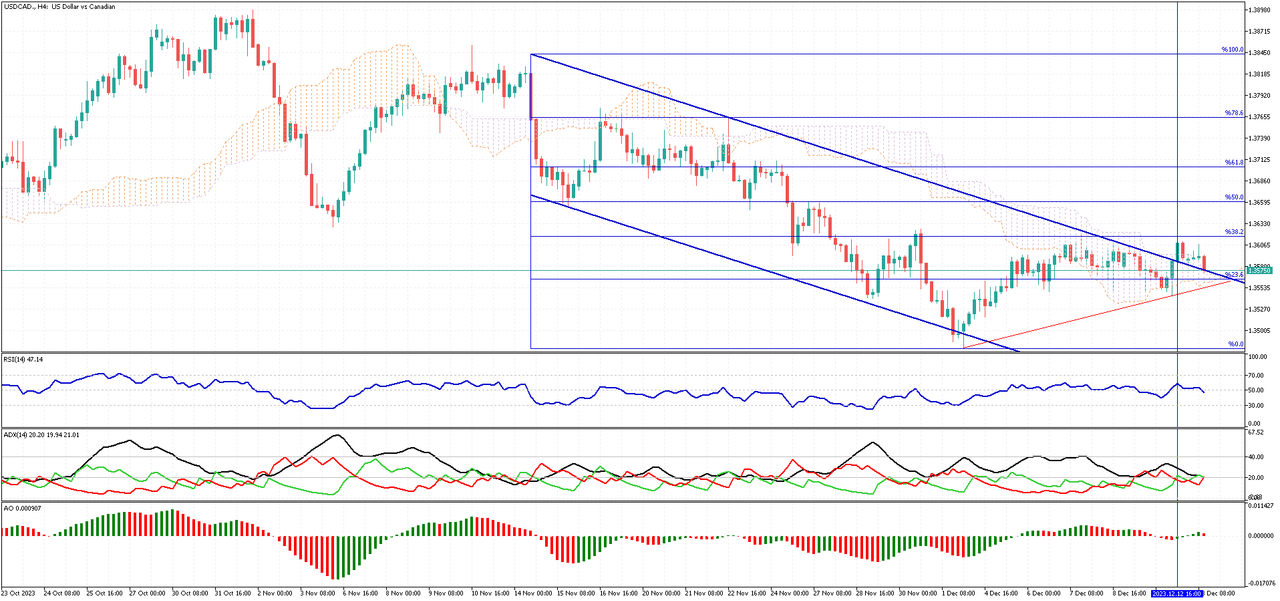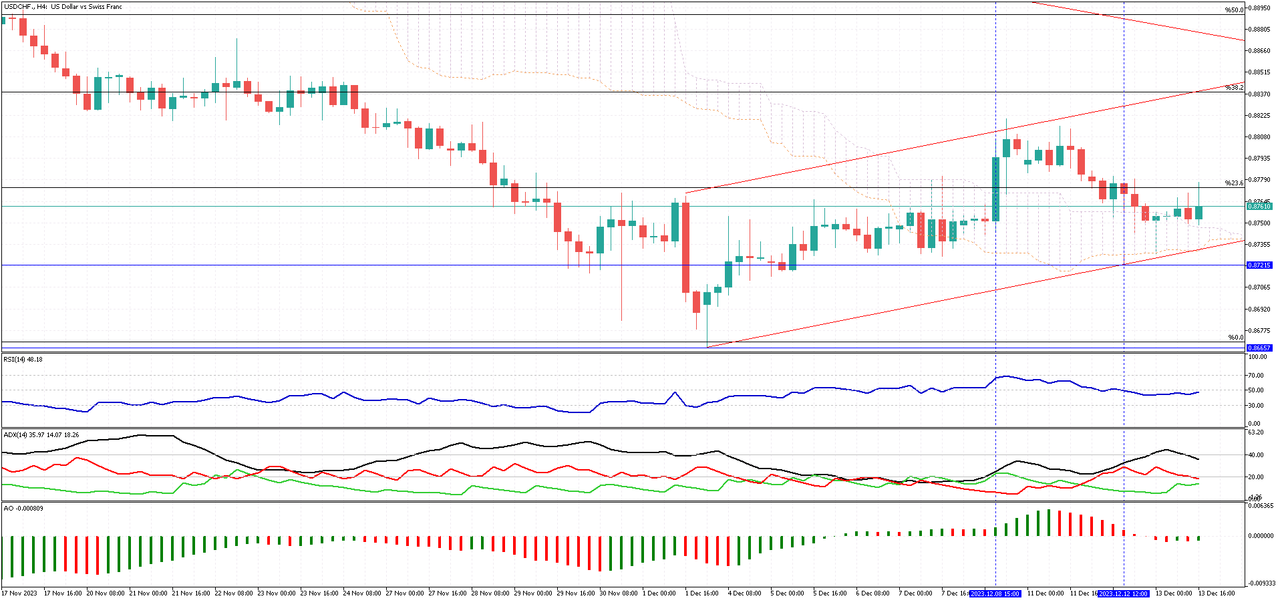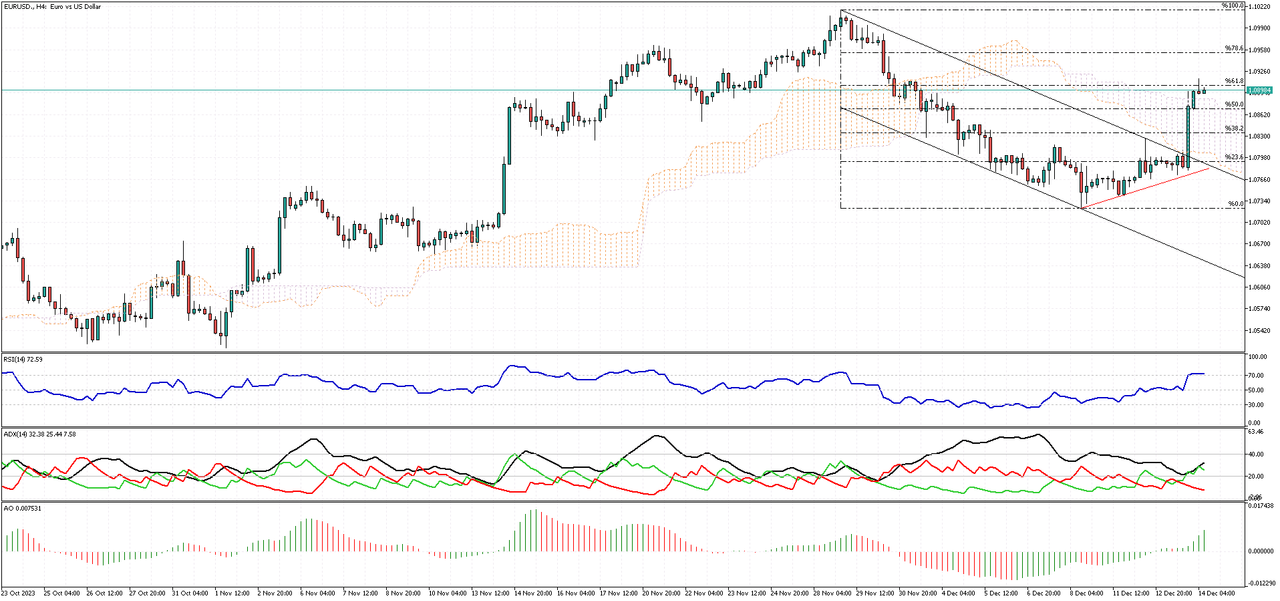SOLIDECN
Senior member
- Messages
- 2,880
- Likes
- 0
Turkey Sees Lowest Unemployment Rate in 11 Years
Turkey’s unemployment rate fell to 8.5 percent in October 2023, the lowest level in 11 years. It was 9.1 percent in September 2023. More people found jobs in October 2023, as the number of employed people increased by 246 thousand to 31.835 million. At the same time, the number of people without jobs decreased by 163 thousand to 2.961 million. The jobless rate was lower for men (7.0 percent) than for women (11.3 percent). More people also joined the labor force, as the labor force participation rate rose slightly to 53.1 percent from 53.0 percent in September 2023. The employment rate also improved to 48.5 percent from 48.2 percent. Moreover, the unemployment rate for young people aged 15-24 years went down to 16.3 percent from 16.7 percent.
Turkey’s unemployment rate fell to 8.5 percent in October 2023, the lowest level in 11 years. It was 9.1 percent in September 2023. More people found jobs in October 2023, as the number of employed people increased by 246 thousand to 31.835 million. At the same time, the number of people without jobs decreased by 163 thousand to 2.961 million. The jobless rate was lower for men (7.0 percent) than for women (11.3 percent). More people also joined the labor force, as the labor force participation rate rose slightly to 53.1 percent from 53.0 percent in September 2023. The employment rate also improved to 48.5 percent from 48.2 percent. Moreover, the unemployment rate for young people aged 15-24 years went down to 16.3 percent from 16.7 percent.

